Bearded dragons can make wonderful pet Lizards, with fantastic and fascinating behaviours they are often sold as the perfect 'beginner' lizard. However much care and thought should be put into buying one as a pet. As with all lizards, they are a long-term commitment and have specialist requirements, which need to be understood.
Bearded dragons originate from Australia; although many of the Bearded Dragons sold are captive bred, meaning they are generally healthier specimens. The lifespan of a Beardie is usually around 7 years, which is why careful consideration must be put into owning one! Due to their natural habitats they are terrestrial creatures that like to occasionally climb. They are generally docile creatures that show a lot of expression through body language, so they can be fascinating to watch. They are also one of the few lizards that will tame nicely and some can become quite friendly toward their owners, however you should still keep in mind that they usually prefer their own space.
Housing a Beardie
Bearded dragons are endothermic, like all lizards, meaning they take their heat from their surroundings. With this in mind their enclosure needs to have adequate space and placement to allow them to regulate their temperature. The vivarium itself should be around 36 Inches to 42 inches long and of no less than 18 to 24 Inches widthways. The height should be adequate to place decor and allow the Beardie to climb, so a height of around 18 to 24 Inches should be available.
There are several types of vivarium available, from the usual ply board and sliding glass door type to the all glass type. Either is sufficient, however the wooden types tend to keep heat in more effectively and reduce stress as the wooden sides don't create reflection like glass vivariums and create secluded corners for your pet to retreat to. However some glass vivariums come with metal mesh on the top and ventilation on the doors, allowing for better air movement than the wooden types.
Whatever type of vivarium you choose, placement in your home is important and should be carefully considered before buying. The vivarium should not be placed in draughts or next to radiators, not should it be placed in direct sunlight. All these things will change the temperature of the enclosure and this can lead to problems with your pet. It should also be placed somewhere quiet, where there isn't a lot of 'traffic' or noise either from people or household appliances. Lastly, careful consideration should be put into whether the vivarium is accessible to other pets or younger children who may be overly inquisitive! This also brings about the last point, always make sure the vivarium is secured, either with it's own locking system or a traditional 'viv lock'!
Heat and lighting
Beardies require a temperature gradient of around 30-35 degrees Celsius at the hottest end and 20-25 degrees Celsius at the coolest end. A basking spot reaching around 40 degrees Celsius is also needed. Creating this gradient is the key to beardie success as it governs all of their habits and workings.
So how do you create the correct temperature gradient for a Bearded Dragon? Well, it partly depends on the type of vivarium you have. The main tools of heating are a heat mat (regulated with a thermostat) and a basking spotlight (in addition to UV lighting).
The general method for creating this gradient means putting a heat mat under the substrate at one end of the vivarium, it should cover around half of the vivarium floor. The heat mat works on infrared and will literally heat the substrate and therefore your lizard. A thermostat is usually required to control the heat mats output, avoiding it from getting too hot, as the heat mat needs to stay on all of the time. You should also place a thermometer at each end to check the gradients.
At the same end a basking light should be mounted. This will provide your lizard the area of concentrated heat it needs as well as heating the air in the vivarium, known as 'ambient heat. How you mount the bulb will depend on the type of vivarium you have. Glass vivariums presuming they have a mesh top can simply have the bulb and lighting unit stood on top of the vivarium. Some vivariums have special units that can clip onto the top. If your vivarium is wooden you can use a standard light fitment and affix the bulb to the wood, inside the enclosure. Sometimes the wooden type vivariums have these prefitted. If you have this type of vivarium you need to also purchase a light guard that can fit onto the bulb fitment ensuring your beardie doesn't climb onto the light, burning itself.
The wattage of the light also needs to be carefully considered. Generally smaller enclosures require a smaller wattage, 50, 75 and 100 watts are good standards although larger cages may need 150w. It is also important to remember glass will not insulate the enclosure as well as wooden sided vivariums, therefore may require a higher wattage. The best thing to do is to ask your local pet store on the specifics of your tank, going from there you can experiment until you are satisfied. This also emphasizes the need to set up your vivarium and running it for a bit to see what needs changing and so on.
Lastly, UV lighting is needed for Beardies. Without proper lighting your beardie cannot manufacture the vitamins he needs from food. This can cause serious implications for your Beardie. Usually a UV light strip, manufactured especially for use in vivariums, is put at the centre toward the top back of the vivarium, allowing even light dispersal. The light is usually powered by a starter unit, which allows you to power the light as well as mount it. Some vivariums come with them already fitted and some, such as glass vivariums can have special units that fit on the top of the mesh.
The light itself should be around 10.00 UV level, if you are unsure when buying it is best to ask! The light should be replaced around every six months to ensure its UV output is still at optimum levels. To replicate the environment that a beardie is naturally in you should keep both the basking lamp and fluorescent light on for no more than 14 hours. In the winter months this should be decreased to around 12 hours. After this 'day' period you should turn off the fluorescent light and either dim or turn off the basking light. It is generally better to dim the basking light so there is still some heat being produced in the basking area. You can buy a range of timers and dimmers for this purpose although they are not necessary as you can just turn it off manually.
Cage decor for the Beardie
Beardies require only the most basic decor, substrate, water bowl and somewhere to hide and climb. However you may prefer to create a more stimulating environment both for you and your beardie!
Substrate is the most important thing. It should be carefully considered, there are many different opinions on substrate types, so you should generally use your good sense when choosing. It is important to remember the age of the beardie, fine substrates can be swallowed easily and cause impaction in young lizards. You also need to keep in mind how clean the substrate will be, how easy will it be for you to spot clean? Also, substrate should not be more than an inch thick, as this will stop the heat mat from working properly.
Generally people use sand for older beardies, it is easy to clean and looks natural. There are several types of sand, from calcium sand to fine 'repti-sand'. Which one you use is up to you and how well your beardie responds to it.
You can also consider shelf liner, reptile carpet or newspaper, especially for younger Beardies as it reduces the risk of impaction. However it doesn抰 look as nice and some people have disputed the cleanliness of such materials, as they can be difficult to clean.
Some people even use ceramic tiles or large slate pieces, although they don't look as good they are easy to clean and heat up rather well under the basking light. However it is important to keep in mind the change to temperature it may cause. As a general rule you should do as much research on substrate and try to decide what you feel is the best for you and your beardie.
After you have decided on substrate you need to now focus on other essentials, like water bowls. The water bowl should be big enough for your beardie to get in but not deep enough for it to not be able to get out again! Some people use large ceramic dog bowls, which are easy to clean. You can also purchase resin bowls, which are also easy to clean and tend to be moulded to look like rocks, enhancing the enclosure's look. It is again, down to personal preference. The positioning of the bowl is important. It needs to be positioned at the coolest end of the vivarium, to ensure the gradient is maintained. You may also want to purchase feeding bowls, in order to contain insects and other foods stuffs.
Another essential is a hiding spot for your beardie. This can be anything from pieces of cork bark and mopani/bogwood carefully and securely stacked, to shaped hides, made from resin, wood or similar materials. This, again, needs to be put at the coolest end of the vivarium as most lizards when hiding prefer to be cool and temperatures inside the hide will rise if put too close to the basking lamp.
Additional decor isn抰 needed, but will make the enclosure a lot nicer for both you and your pet. Things such as plastic plants, branches, slate and rocks can be placed to provide areas for climbing, basking and hiding. Be careful not to put live plants in, as they may be harmful. You should also try to buy wooden branches, as they will be free from pests. When placing decor keep in mind that Beardies are can be heavy and so items should be secure and no sharp edges present.
Cleaning your Beardies Enclosure
Having a clean enclosure is very important, dirty conditions will lead to disease and general discomfort for your pet as well as putting you at risk.
It is important you spot clean. When you see 'deposits' or loose skin from shedding you should safely remove it and any affected bedding. If any of the decor becomes soiled you should clean it with a lizard safe disinfectant and rinse with water.
Food and water bowls should be cleaned daily with lizard safe disinfectant and rinsed thoroughly.
You should completely clean the vivarium at least every three months, completely changing the substrate, cleaning the decor and vivarium with disinfectant and rinsing with water.
Feeding your Beardie
Careful consideration should go into your bearded dragons diet, as it will largely determine the health of you pet. Bearded dragons will eat a mixture of vegetables and live insects. If you are not comfortable feeding insects, you should consider if a lizard is the best choice for you as ultimately you need to think of it's health first.
If you are okay with feeding live insects, feeding time can be a fun and rewarding experience.
Firstly you need to understand how much a bearded dragon likes to eat. They have high metabolisms and therefore should have food available for the majority of the time. This can come in the form of mealworms, dried food and vegetables, with things such as crickets or locusts completing the diet. You should never leave insects such as locusts or crickets in the enclosure for a long time as they will nibble your pet, causing annoyance and pain.
You also need to provide fresh water everyday. Although desert creatures, they need water. Some of this is obtained through food although they will enjoy the very occasional misting of water.
When feeding your dragon, it is best to give it no more food than can be consumed within 10 minutes, with the exception of vegetation, which can be left in for the day. Insects should be removed after 10-15 minutes and vegetation and dry foods removed at the end of the day.
A young bearded dragon should be fed on small amounts of small brown crickets 2-3 times a day. Mealworms should be excluded from their diet at this stage. This is the same for young or 'sub' adult beardies. When feeding crickets, they should be no bigger than the size of the gap in between their eyes.
Young Beardies can also be fed on commercial foods, specially formulated for young bearded dragons. This should be fed in accordance to the manufacturer's instructions.
An adult Beardie can be fed larger crickets, 2-3 times a day. They may also be willing to take locusts. New foods can be introduced to the adult Beardie, including mealworms, which can be left in a suitable bowl in the enclosure. Wax worms can also make a delicious treat for your Beardie, however they should be given in moderation, both to stop selective eating and weight gain!
Adult bearded dragons will also love to eat vegetables; spring greens are a particular favourite. Make sure you wash any vegetables you provide, ensuring any pesticides or preservatives have been removed.
You can also feed manufactured dry foods formulated especially for adult beardies and always in accordance with the manufacturers instructions.
Shedding in Beardies
As your Bearded Dragon grows, it will shed its skin. During this time it may be less inclined to be 'active' and may dislike being held. It is important that you don't pull or try to 'help' you pet shed. It is quite capable of rubbing it off on decor items within its enclosure. Unlike snakes, the skin will fall off in parts, so don't be alarmed! If you think it's having trouble shedding you can give it a light mist with some lukewarm water.
Problems you may encounter
Beardies rarely encounter problems if kept properly, however if your beardie does become ill this will help you to know what to do next!
Impaction
This comes from the beardie eating too much or eating fine substrates or other foreign objects, such as sand, plastic plants, small pebbles and so on. Signs include loss of appetite, sluggish behaviour, bloated or discoloured abdomen, hiding away and not passing stools. It can, in early stages, be solved by firstly removing any possible causes, reducing food and bathing for 10-15 mins in warm (not hot) water everyday to encourage the lizard to pass stools and the blockage.
If symptoms persist you should seek veternary treatment.
Mites
Caused by unsanitary conditions, infection from external causes or contact with other infected animals or objects. It is more common on wild caught specimens. Signs include the beardie rubbing on items, scales looking 'lifted' and small brown, white, tan or black specks embedded between scales. You may also see 'specks' running over the surface, particularly near the vent, eyes, mouth and joints. Usually a pre-prepared solution, applied as directed gets rid of the mites on the animal. You should also do a complete clean of the cage and bedding, making sure to soak decor in hot water and buy new bedding. You should also try to find the source of the problem and deal with it accordingly.
Sometimes the problem can be more persistent, in which case treatment from a vet may be required.
Injuries
Sometimes, through climbing or if kept together, fighting, your pet may sustain an injury. A little iodine applied to minor injuries can ensure no infection happens, although it is generally better to seek veterinarian advice. You should always seek a vet's advice for breaks and larger injuries.
Tail/Scale rot
Caused by keeping the enclosure too wet or by keeping the lizard in unsanitary conditions. Symptoms include blackening of the area, softening of the skin and general unhealthy appearance. You should clean the Beardies enclosure and make sure it is kept dry. Because this is an infection a vet's advice should be sought.
Coccidia
This is a intestinal parasite, rarely contracted by captive bred Beardies, however in the case of your pet contracting it you will see sluggish behaviour, diarrhoea, bloating of the abdomen and fluid loss (characterized by 'wrinkly' skin that sticks as wrinkles and appears baggy) You should consult your vet if this occurs.
Metabolic bone disease (MBD)
Rare in well looked after specimens, this comes from ongoing poor nutrition and inefficient lighting exposure (lack of UV) it will cause softening of bone tissue, particularly in jaw tail and spine. It will cause bones to break easily and slow the rate of growth. The only cure for this is usually prevention, which is why it is important to give your pet the correct nutrition. If you have acquired a specimen with MBD you should seek a vets advice.
http://www.allpet.co.uk
http://petandreptile.blogspot.com

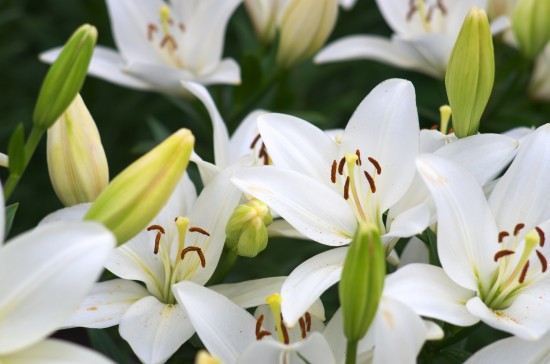 Lilies And Toxicity In Cats
Lilies And Toxici
Lilies And Toxicity In Cats
Lilies And Toxici
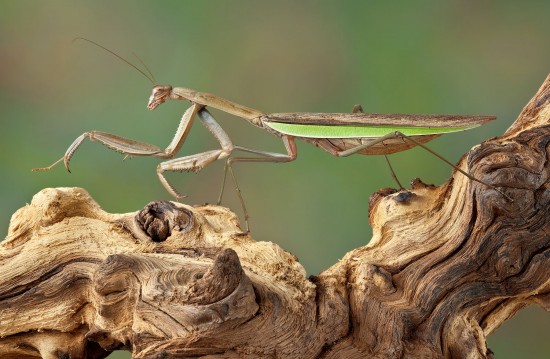 Is A Praying Mantis The Right Pet For You?
Is A Praying Mant
Is A Praying Mantis The Right Pet For You?
Is A Praying Mant
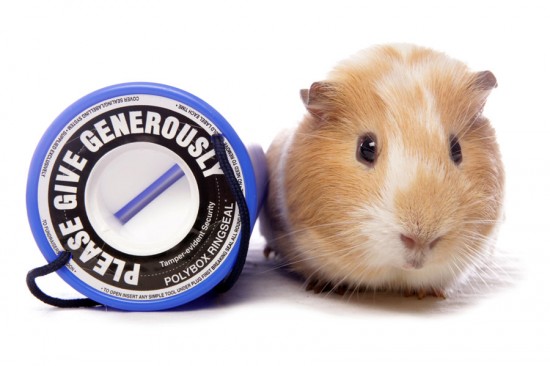 How You Can Help Your Favourite Animal Charity
How You Can Help
How You Can Help Your Favourite Animal Charity
How You Can Help
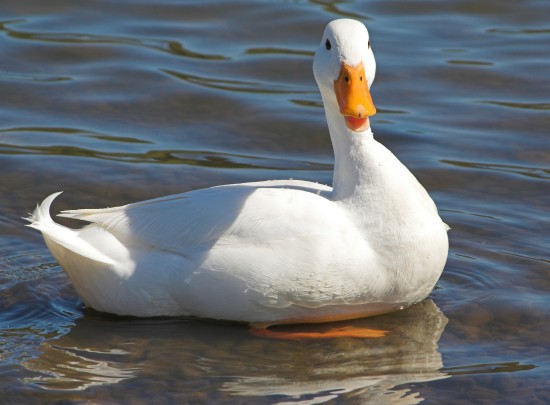 5 Duck Breeds That Are Great To Keep In The Garden
5 Duck Breeds Tha
5 Duck Breeds That Are Great To Keep In The Garden
5 Duck Breeds Tha
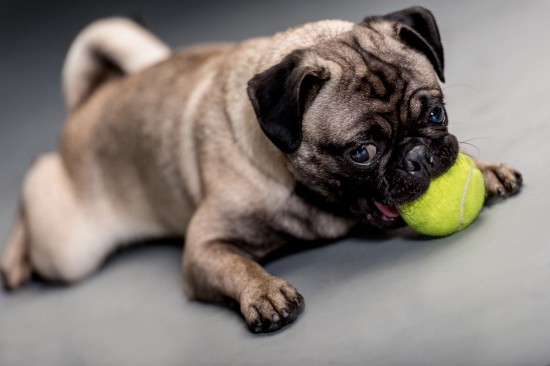 Catering For Your Dog’s Personality - Bringing Out The Best In Your Dog
Catering For Your
Catering For Your Dog’s Personality - Bringing Out The Best In Your Dog
Catering For Your